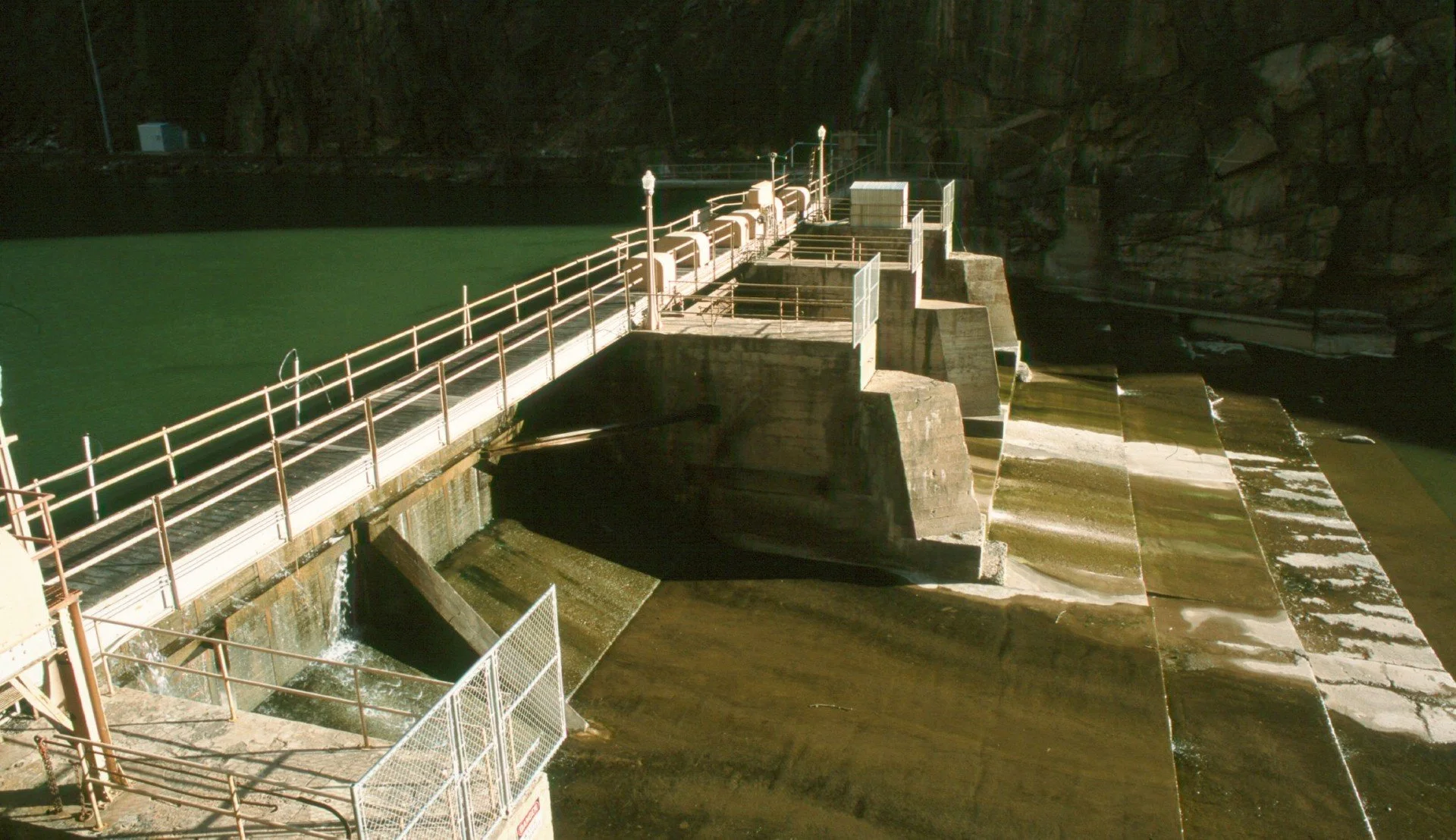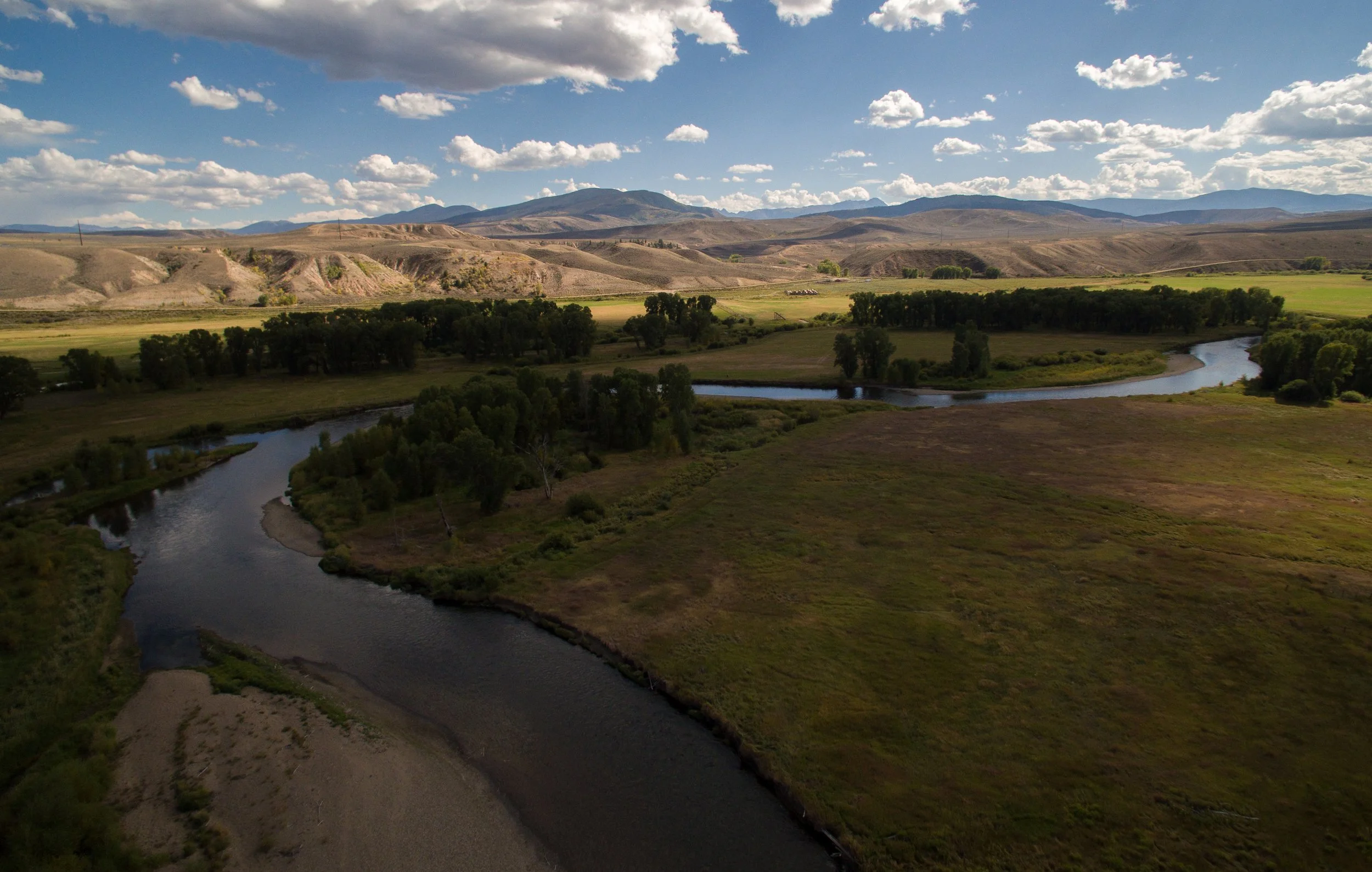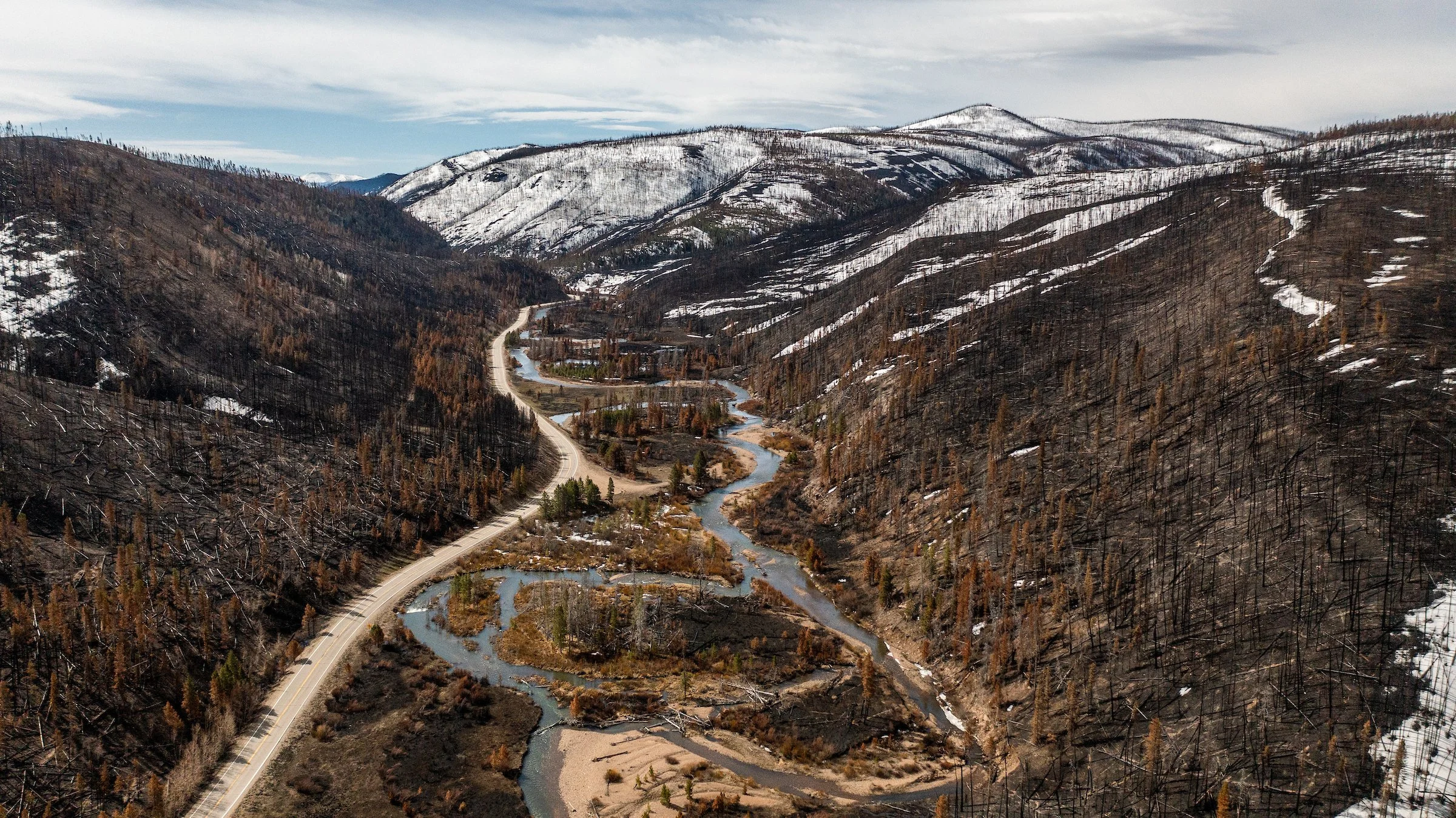As anglers, we are all familiar with the reasons behind keeping our rivers and lakes healthy. As a community that spends time on the water and public lands more than most, we can be far more attentive to subtle changes in environmental quality or perceived threats to an ecosystem. Moreover, our chapters are often heavily engaged in the community and see the impacts of programs like Stream Explorers, Casting for Recovery, and Project Healing Waters on the lives of our friends and neighbors. Unfortunately, our elected officials (county commissioners to Senators) are often too busy to see these same local stories first-hand, or experience the subtle ecological impacts of a new fish passage structure just upstream. This is why it is so important for TU members, chapters, and organizers to reach out and build relationships with the leaders in our communities.
As chapters, we are the face of TU in our local communities and we do a great job of bringing people together in the spirit of protecting and enjoying our public lands. We also make a significant impact on the lives of veterans, families, youth, and the general public through a myriad of programs and special events. This is the story we must not only tell – it is the cause we must share.
Far too often, the only time we find ourselves talking with an elected official is when we need something. As chapters, we must break out of this mold if we are to be successful in cultivating a healthy environment of community leaders that understand the importance of keeping our rivers and watersheds healthy. For this reason, we should all to extend a hand to our local leaders and invite them into the CTU community.
When we think of elected officials, we often point to state legislators and national delegations, but do not forget your local school boards, county commissioners, or active community organizers. These leaders at all levels of government make decisions every day that affect the programs we hold near and dear to our hearts – Trout in the Classroom, public access, mineral leasing, funding for recreation, and the list goes on.\
So next time you are planning a barbeque for chapter volunteers, consider reaching out to your county commissioner to have them join you and meet their constituents; invite your state legislator to come fishing with you during the Green Drake hatch; or bring a member of your local school board along for a kids fishing derby. These local leaders are genuinely interested to meet their constituents and get engaged in their communities – and what better way to show the importance of keeping our rivers healthy and maintaining recreational opportunities then putting a fly rod in their hand, or having them help net a young kid’s first fish.
By building these types of relationships on the front end, we can more actively engage our local leaders when we do actually need them to take a specific stance on a key issue. Suddenly CTU is not that just that fishing organization flooding their email box with action alerts – they are the local chapter that brought a senator out on the river with a group of military veterans.
Below are a few ways that your chapters and local members can help cultivate these future water leaders:
- Invite elected officials to attend chapter events and give them an opportunity to speak;
- Invite community leaders to join one or two members on a fishing outing;
- Keep the conversation light and don’t hammer down on details – the point is to develop long-term relationships and help these public officials to better understand the ecosystem or a certain community program;
- Don’t give them expensive gifts (state laws restrict gifts to a value under $50) – this is a learning and “get-to-know-ya” activity, not a bribe;
- Expand your focus beyond elected officials who don’t have a strong record on the environment, it is also good to bring allies out on the river too
- Ideas of people to invite: school board members, county commissioners, city council, city/county staff, basin roundtable reps., ag/water companies, state legislators, state and local departments, other NGOs
At the end of the day, CTU and its chapters are successful because of our ability to build strong ties with our local communities. While it may seem easy to focus on anglers or specific members when we do our outreach, let’s not forget the value of bringing in our local leaders. Show them that while CTU members support opinions across the political spectrum, we are united in the idea that clean, healthy rivers are a benefit to us all. You never know, the school board member you have at your fishing derby today could be the state’s governor tomorrow. Play the long game.






 This Spring, he graduated from Western State University in Gunnison majoring in Chemistry with an emphasis in Biochemistry. But he's leaving behind an incredible legacy of coldwater conservation leadership. In 2013, Adam founded The Gunnison Sockeyes, the first TU Costa Five Rivers collegiate club in the nation to found their club based on conservation rather than fly fishing. The club boasts over 160 members and has logged in excess of 220 man hours of service work in the Gunnison Watershed in the fields of Lake Trout Removal, Kokanee Salmon Spawning, Electroshocking, Stonefly Reintroduction and River Clean Ups.
This Spring, he graduated from Western State University in Gunnison majoring in Chemistry with an emphasis in Biochemistry. But he's leaving behind an incredible legacy of coldwater conservation leadership. In 2013, Adam founded The Gunnison Sockeyes, the first TU Costa Five Rivers collegiate club in the nation to found their club based on conservation rather than fly fishing. The club boasts over 160 members and has logged in excess of 220 man hours of service work in the Gunnison Watershed in the fields of Lake Trout Removal, Kokanee Salmon Spawning, Electroshocking, Stonefly Reintroduction and River Clean Ups. Growing up on the banks of the Mississippi and experiencing its periodic floods gave me no background for understanding the water scarcity issues of the west. When the mighty Miss and its tributaries flooded they used to let us older boys out of school and permit trustee crews from the state prison to help sandbag. It was usually a problem of too much water, so I was fascinated by the complexity of water law created by the scarcity of water and the mission of TU to conserve and correct the mistakes of the past just seemed to me to make manifest sense.
Growing up on the banks of the Mississippi and experiencing its periodic floods gave me no background for understanding the water scarcity issues of the west. When the mighty Miss and its tributaries flooded they used to let us older boys out of school and permit trustee crews from the state prison to help sandbag. It was usually a problem of too much water, so I was fascinated by the complexity of water law created by the scarcity of water and the mission of TU to conserve and correct the mistakes of the past just seemed to me to make manifest sense. My favorite fishing spot is any spot I happen to be in which harbors fish. I advocate carrying a flyrod in every vehicle because you never know when you will run into a fishing emergency! Although exotic locales beckon to many I have trouble getting too far away from my home rivers - and ponds. I flyrod a lot of local natural area ponds for warmwater species too. Also take a trip to Canada each June with a couple of RMF's founding fathers, but home waters are the preferred locales since they are close.
My favorite fishing spot is any spot I happen to be in which harbors fish. I advocate carrying a flyrod in every vehicle because you never know when you will run into a fishing emergency! Although exotic locales beckon to many I have trouble getting too far away from my home rivers - and ponds. I flyrod a lot of local natural area ponds for warmwater species too. Also take a trip to Canada each June with a couple of RMF's founding fathers, but home waters are the preferred locales since they are close. , paired with the direction of a dedicated college adviser (who happens to be a fisheries economist) shaped my undergraduate studies and kindled my focus in conservation.
, paired with the direction of a dedicated college adviser (who happens to be a fisheries economist) shaped my undergraduate studies and kindled my focus in conservation.











